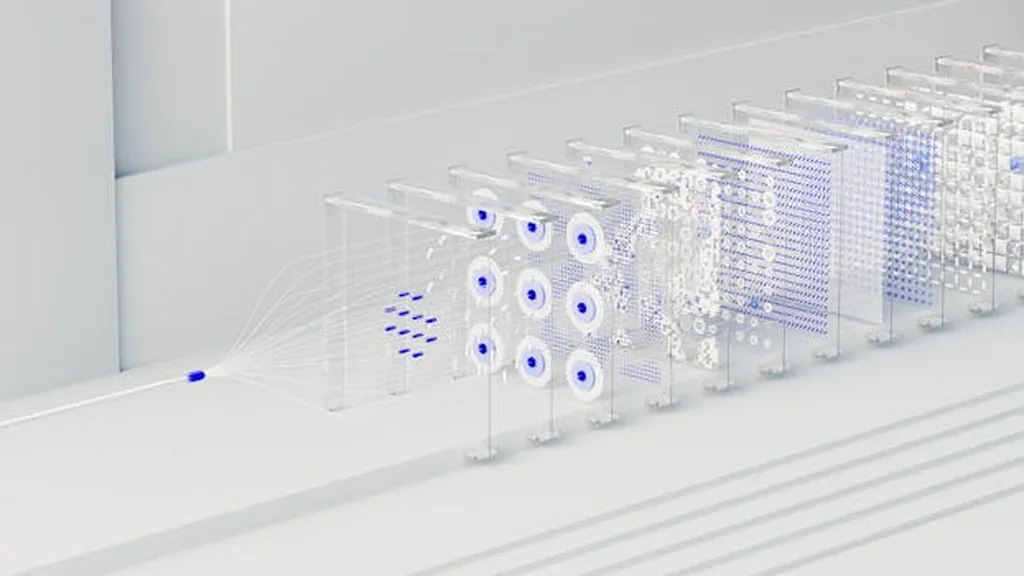In the ever-evolving landscape of agricultural technology, a recent study published in the journal ‘Land’ has shed light on the potential of deep learning algorithms to revolutionize cropland extraction from high-resolution satellite imagery. The research, led by Dujuan Zhang from the National Supercomputing Center in Zhengzhou at Zhengzhou University, offers valuable insights into the factors influencing the performance of deep convolutional neural networks (DCNNs) in this critical application.
The study focused on the use of Gaofen-1 composite images, which boast an impressive 2-meter spatial resolution, to extract detailed cropland information. Two regions in Shandong Province, China, with distinct agricultural landscapes, served as the study areas. The researchers compared the performance of two deep learning algorithms, UNet and DeepLabv3+, against a traditional classification method, Object-Based Image Analysis with Random Forest (OBIA-RF).
The results were clear: deep learning algorithms outperformed the traditional method in both simple and complex agricultural landscapes. “The UNet and DeepLabv3+ models demonstrated an impressive ability to learn abstract features and contextual semantic information,” said Zhang. This resilience to changes in band combinations suggests that deep learning algorithms could be a game-changer for practical agricultural monitoring applications.
One of the most significant findings was the sensitivity of the traditional OBIA-RF method to temporal characteristics, such as crop growth stages. In contrast, the deep learning models showed remarkable insensitivity to these changes. This could imply that deep learning algorithms could provide more consistent and reliable results across different growth stages, a crucial factor for farmers and agricultural businesses.
The study also explored the impact of class mislabeling on classification accuracy. All three models performed well when the mislabeling error ratio was below 5%. However, beyond this threshold, the performance of all models declined. The deep learning models showed similar trends in performance decline, while OBIA-RF suffered a more drastic reduction. This underscores the importance of accurate data labeling in training these models.
The research also revealed that the deep learning models were relatively insensitive to the patch size of sample blocks and data augmentation. This could simplify the data preparation process, making it more accessible and efficient for agricultural applications.
The implications of this research for the agriculture sector are profound. As the world’s population continues to grow, the demand for efficient and sustainable agricultural practices increases. High-resolution cropland extraction can provide valuable insights into crop health, growth stages, and yield potential, enabling farmers and agricultural businesses to make data-driven decisions.
The use of deep learning algorithms in this process could significantly enhance the accuracy and reliability of these insights. As Zhang noted, “These findings can facilitate the design of operational implementations for practical applications.” This could lead to the development of new tools and technologies that support precision agriculture, ultimately improving crop yields and sustainability.
In the broader context, this research could shape future developments in the field of agritech. As deep learning algorithms continue to evolve, their potential applications in agriculture are likely to expand. From crop monitoring to pest detection, these technologies could transform the way we approach agricultural management.
In conclusion, the study led by Dujuan Zhang offers a compelling case for the use of deep learning algorithms in high-resolution cropland extraction. As the agriculture sector continues to embrace digital transformation, these technologies could play a pivotal role in shaping the future of farming. The research, published in ‘Land’, represents a significant step forward in this exciting field, offering valuable insights that could drive innovation and progress in the years to come.

